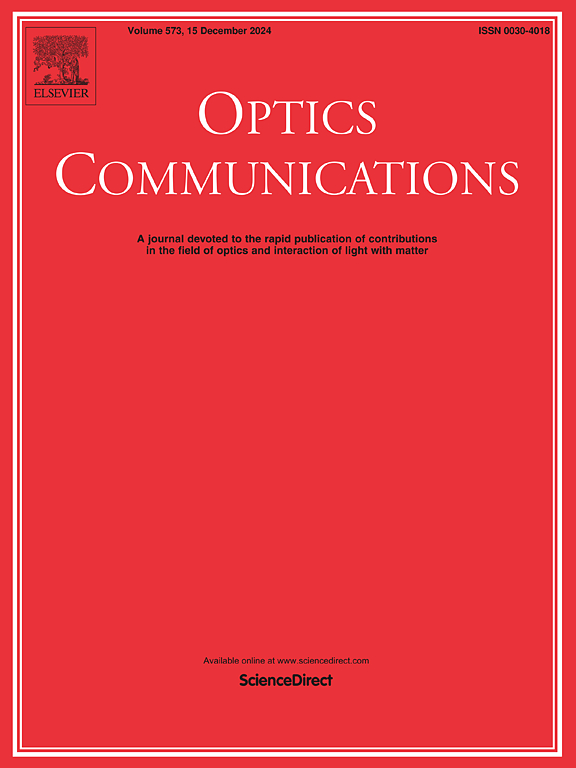A lightweight super-resolution reconstruction method for phase contrast interferometric microscopy images
IF 2.2
3区 物理与天体物理
Q2 OPTICS
引用次数: 0
Abstract
To enhance the resolution of raw interferometric images and capture fine details of microscopic images, this paper proposes a lightweight convolutional neural network-based interference image super-resolution model (Efficient Interference Image Super-Resolution, EIISR). This model avoids the need for complex optical system modulation, enabling high-resolution quantitative reconstruction of the structure of the sample under test. The model comprises multiple deep feature extraction modules and incorporates several key design components. An adaptive feature integration module is designed to capture non-local information, while the fusion of fused mobile inverted bottleneck convolutions and channel attention mechanisms effectively aggregates local contextual features. Furthermore, the integration of LayerNorm regularization and residual connections contributes to improved image reconstruction quality. The network is trained using reconstructed phase images of micro-particles. Experimental results show that, in a 4x super-resolution reconstruction task, the model significantly enhances image detail, with a structural similarity index (SSIM) of 0.8189 and a peak signal-to-noise ratio (PSNR) of 27.43 dB. This study provides an effective reference for improving the quality of interferometric images using deep learning techniques and offers a key technological approach for integrated detection in fields such as microscopy and precision measurement.
一种轻量级的超分辨率相衬干涉显微图像重建方法
为了提高原始干涉图像的分辨率和捕捉微观图像的精细细节,本文提出了一种基于卷积神经网络的轻量级干涉图像超分辨率模型(Efficient interference image super-resolution, EIISR)。该模型避免了复杂的光学系统调制,能够对被测样品的结构进行高分辨率的定量重建。该模型由多个深度特征提取模块组成,并结合了几个关键的设计组件。设计自适应特征集成模块捕获非局部信息,融合移动倒瓶颈卷积和通道注意机制有效聚合局部上下文特征。此外,LayerNorm正则化和残差连接的融合有助于提高图像重建质量。该网络使用5μm微粒子的重构相位图像进行训练。实验结果表明,在4倍的超分辨率重建任务中,该模型显著增强了图像细节,结构相似指数(SSIM)为0.8189,峰值信噪比(PSNR)为27.43 dB。该研究为利用深度学习技术提高干涉图像质量提供了有效参考,为显微和精密测量等领域的综合检测提供了关键技术途径。
本文章由计算机程序翻译,如有差异,请以英文原文为准。
求助全文
约1分钟内获得全文
求助全文
来源期刊

Optics Communications
物理-光学
CiteScore
5.10
自引率
8.30%
发文量
681
审稿时长
38 days
期刊介绍:
Optics Communications invites original and timely contributions containing new results in various fields of optics and photonics. The journal considers theoretical and experimental research in areas ranging from the fundamental properties of light to technological applications. Topics covered include classical and quantum optics, optical physics and light-matter interactions, lasers, imaging, guided-wave optics and optical information processing. Manuscripts should offer clear evidence of novelty and significance. Papers concentrating on mathematical and computational issues, with limited connection to optics, are not suitable for publication in the Journal. Similarly, small technical advances, or papers concerned only with engineering applications or issues of materials science fall outside the journal scope.
 求助内容:
求助内容: 应助结果提醒方式:
应助结果提醒方式:


